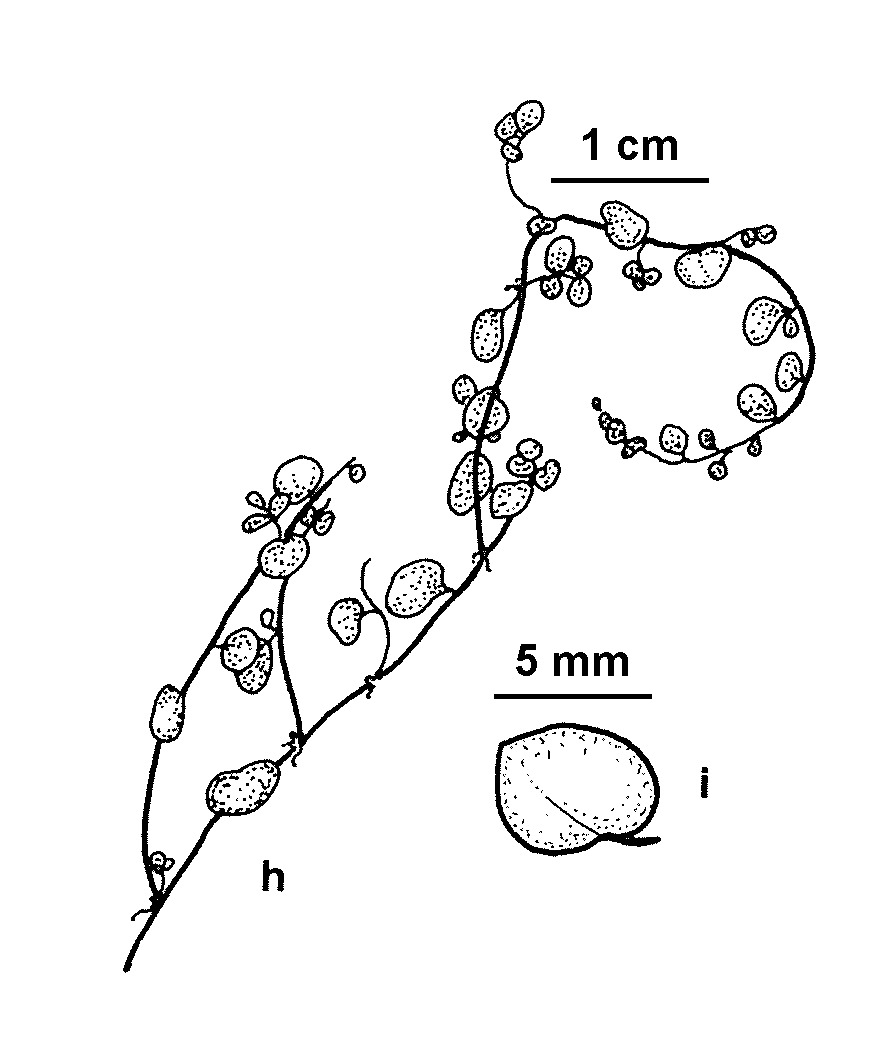
Mostly herbs or small shrubs, often with stinging hairs. Leaves alternate or opposite; stipules present, often fused when the leaves are opposite. Flowers generally unisexual but sexes on the same plant, regular, insignificant, green, clustered into heads, wind pollinated. Male flowers with 4-5 similar, free perianth lobes and 4-5 stamens with anthers that are touch-sensitive, exploding when ripe. Female flowers with 2-4 perianth lobes and mostly sterile stamens. Carpel 1. Ovary superior with 1 chamber and 1 basal ovule. Style 1. Fruit an achene or fleshy berry.
The family is generally considered to be closely related to the Ulmaceae and Moraceae.
Cuttings, division and seed.
Fibres extracted from the Chinese Boehmeria nivea, Ramie, are used in the textile industry as ramie fibre.
Leaves often rough, with prominent teeth and stinging hairs; flowers unisexual; stamens with 'exploding' anthers.
48 genera and about 1600 species from tropical and temperate regions (11 genera with 20 species native to Australia).
Source: (1997). Urticaceae. In: . Horticultural Flora of South-eastern Australia. Volume 2. Flowering plants. Dicotyledons. Part 1. The identification of garden and cultivated plants. University of New South Wales Press.
